5. A. R. Murugadoss
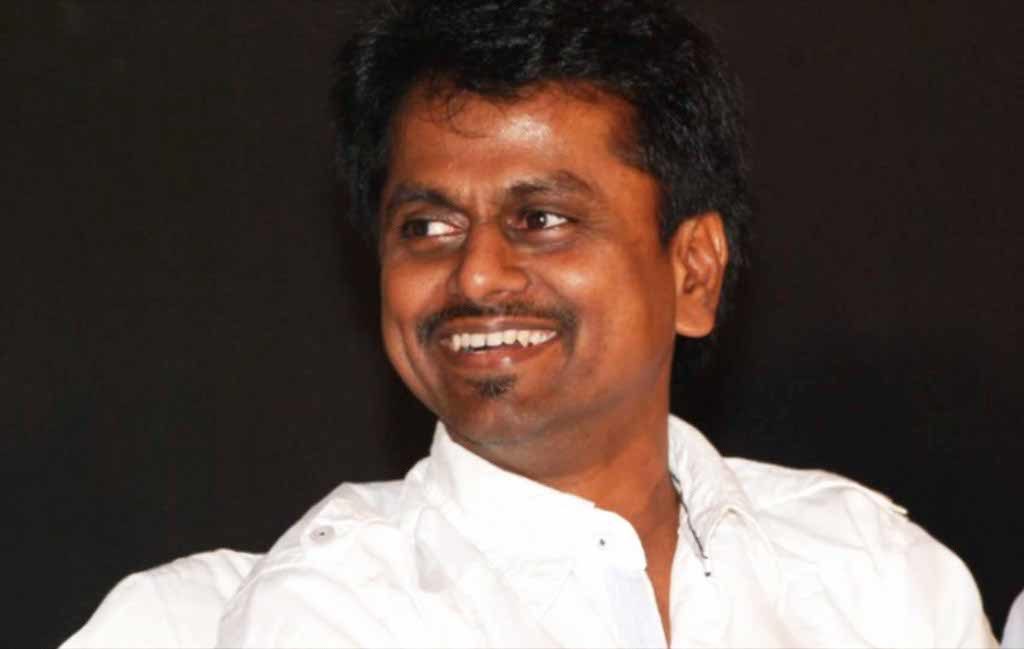
Language(s): Tamil, Telugu, Hindi
Notable Work(s): Ramana (2002), Ghajini (2005, Hindi Remake – 2008), Engaeyum Eppothum (2011), 7am Arivu (2011), Thuppakki (2012), Raja Rani (2013), Kaththi (2014), 10 Enradhukulla (2015), Spyder (2017)
Consistency and competency are the words that best describe Murugadoss who’s been effectively giving blockbusters one after the other since the time he’s screenwriting or directing movies. His winning sprint started with ‘Ghajini’ of course, starring Suriya, Asin, Nayantara among others which went on to become one of the biggest hits of its time, and which also followed his Bollywood’s directorial debut of the film’s remake starring Aamir Khan. With back to back critical and commercial superhits like ‘Engaeyum Eppothum’, ‘Thuppakki’ and with a well-known inclination towards action-romance genre, hard-hitting dialogues, and watertight screenplay in his films, Murugadoss can easily be dubbed as the South Indian version of Quentin Tarantino.
4. Sukumar
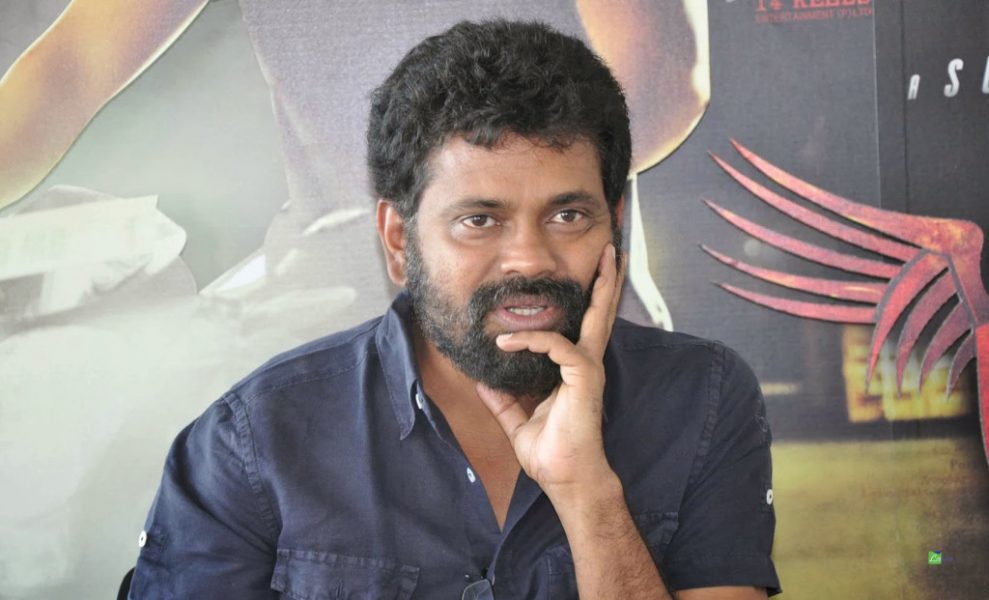
Language(s): Telugu
Notable Work(s): Arya (2004), Arya 2 (2009), 100% Love (2011), 1: Nenokkadine (2014), Kumari 21F (2015), Nannaku Prematho (2016), Rangasthalam (2018)
A man who needs no introduction and who has more fan-following than the actors in his films themselves, Sukumar’s repute and respect he’s gained as a filmmaker can be attributed to his complex, multi-layered screenplays, his experiments with emotions, and his unique multifaceted approach to filmmaking which sets him apart than other filmmakers and speaks volumes of his talent that’s been underrated so far. More or less, the lead characters in his movies are emotionally amusing and constructed differently from all the other ones in the movie, with a dash of grey shades, and that has consistently been his movies’ USP. With ‘Rangasthalam’ heading its way to potentially bag numerous awards for performances, music, screenplay, direction etc. among others, including possible National Award(s), Sukumar’s winning streak is far from over.
3. S. Shankar
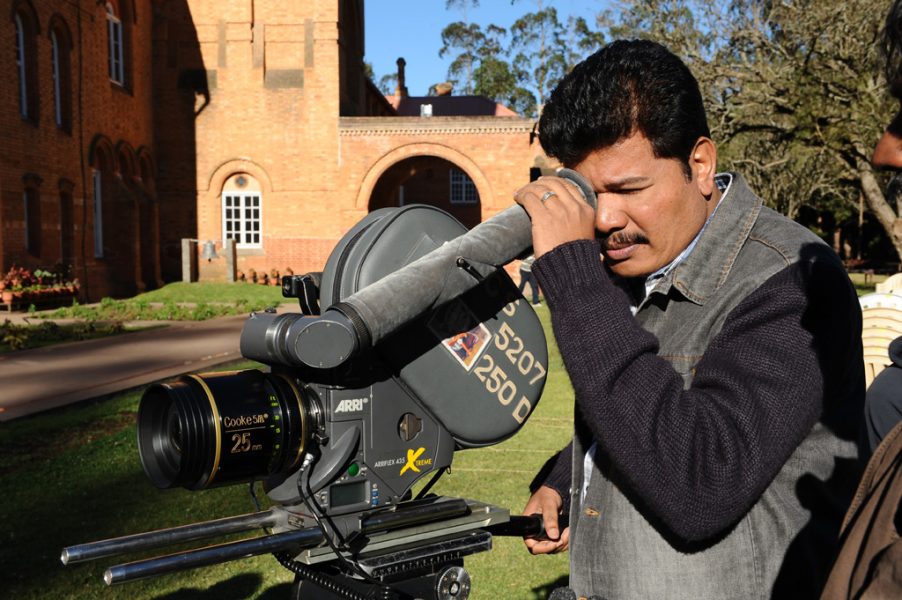
Language(s): Tamil, Hindi
Notable Work(s): Gentleman (1993), Jeans (1998), Mudhalvan (1999), Nayak (2001), Sivaji: The Boss (2007), Enthiran (2010), Nanban (2012), I (2015)
Widely renowned for his ambitious filmmaking with big-budget production design and out of the league storylines, never-seen-before visuals, and over-the-top performances, S. Shankar’s way of filmmaking hasn’t been replicated until so far by anyone. With his upcoming project ‘2.0 (2018 est.)’ in the pipeline, which is touted to be the most expensive Indian film ever, which also features Akshay Kumar alongside Rajinikanth among others, and with a penchant for inculcating ample CGI, gangsta and vigilante stylised portrayals whilst partnering with A. R. Rahman, Shankar has proven his mettle time and again as one of the most innovative and technically sound filmmakers in the South Indian film industry. Starting off humbly with ‘Gentleman’ until pushing the creative envelope with ‘I’ in 2015 that catapulted his reputation beyond the clouds, Shankar has come a long way but this isn’t the end of road for him yet.
2. S. S. Rajamouli
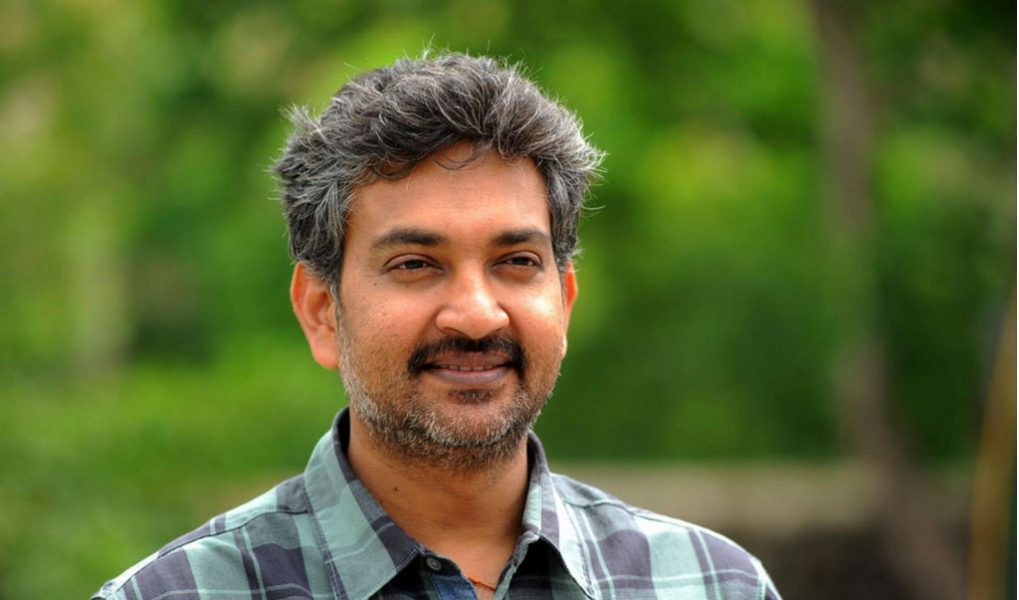
Language(s): Telugu
Notable Work(s): Simhadri (2003), Vikramarkudu (2006), Yamadonga (2007), Magadheera (2009), Maryada Ramanna (2010), Eega (2012), Baahubali: The Beginning (2015), Baahubali: The Conclusion (2017)
The rise and rise of Rajamouli can only be attributed to his continuous innovation and his knack to change and adapt according to the audiences’ taste. From ‘Student No. 1’ in 2001 that was his directorial debut, which also marked the first commercial success of Jr. NTR to ‘Baahubali: The Conclusion’ which had left all of us drooling and wanting for more, Rajamouli has known to become a dark horse of the South Indian film fraternity. Also, his attention to detail, his inclination towards big-budget CGI-inundated movies (Magadheera, Eega, Baahubali to name a few) is well-known. Speaking of his less popular works like ‘Maryada Ramanna’ and ‘Vikramarkudu’, Rajamouli has often had a considerable amount of compassion towards method filmmaking which is evident from these works.
Rajamouli is perhaps the only director on this list who has not restricted himself to a particular genre or to a particular set of actors or crew to work with, rather he’s been more open to experimenting with the cast and crew or the plot or genre which can be attributed to the unprecedented success of all of his movies. Truly, a legend in the making!
1. Mani Ratnam
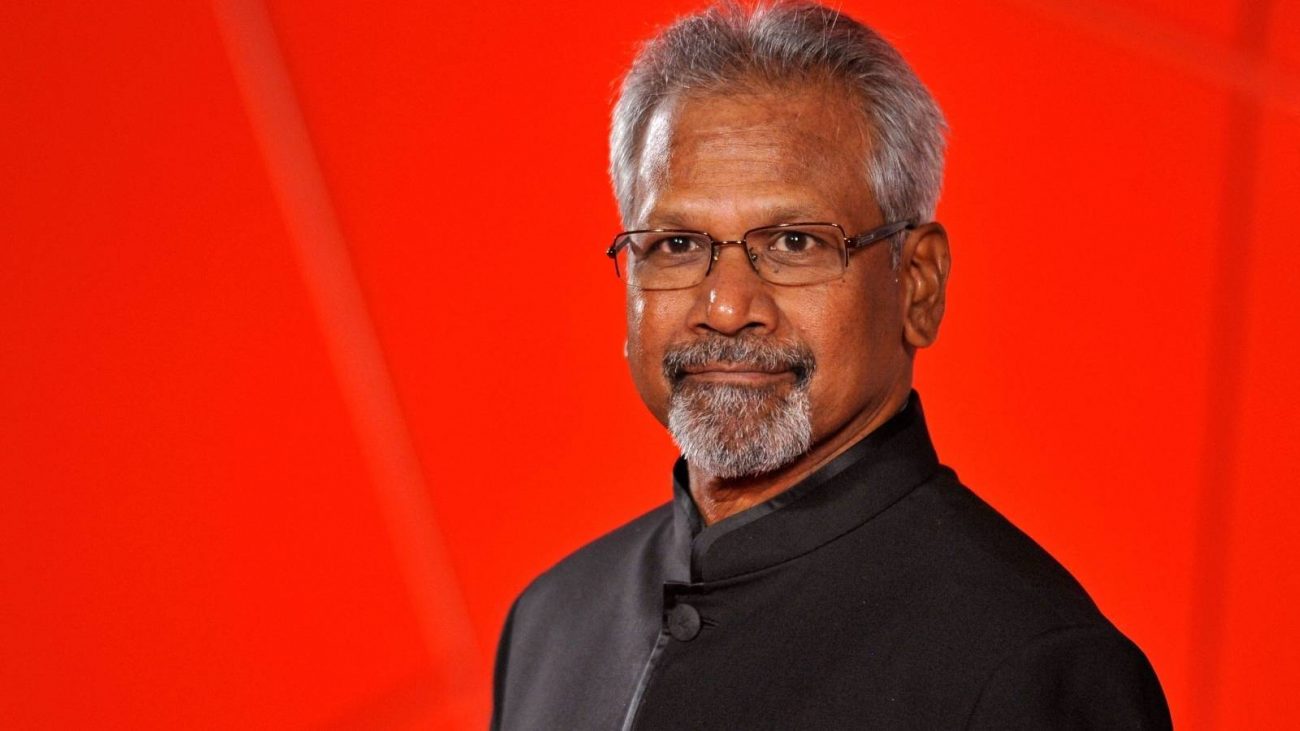
Language(s): Tamil, Telugu, Malayalam, Hindi, Kannada
Notable Work(s): Geethanjali (1989), Roja (1992), Bombay (1995), Dil Se..(1998), Alaipayuthey (2000), Saathiya (2002), Yuva (2004), Guru (2007), Raavanan (2010), O Kadhal Kanmani (2015), Kaatru Veliyidai (2017)
Perhaps one of the handful of filmmakers with a pan-Indian popularity despite of having his roots in South India and having worked with actors in Bollywood as well as in South India alike, Mani Ratnam is perhaps one of the most remarkable contributors to Indian cinema, whose movies and work have inspired many other filmmakers to become what they’re today and whose movies have often resulted in a paradigm shift in our cultural, aesthetical, and philosophical values over the course of time. Calling him one among the top five filmmakers in the country won’t be a fallacy. Mani Ratnam’s association with A. R. Rahman and Santhosh Sivan has been well-known and well received by audiences and critics alike. Perhaps the only living legend of contemporary filmmaking who is also actively working today, alongside the fresh wave of actors, watching Ratnam’s movies feels more or less like reading a book, or like watching someone paint a picture.
Read More: Mani Ratnam Movies


You must be logged in to post a comment.